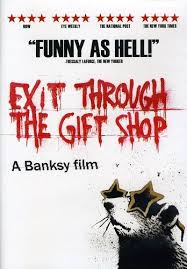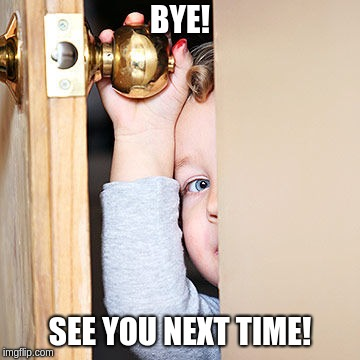Initial Research & Learning
This was my first time working on a documentary project, so I knew there was a lot I needed to learn. The process started with a lesson on what a documentary is, the different forms it can take, and the basic and technical conventions used to create them. It was a good introduction to the genre, but at that time, creating a documentary myself seemed quite impossible.
My notes
from class!!!
↳
That same day, we watched a documentary that stood out to me. It was a documentary called I Think This is the Closest to How the Footage Looked. It was unlike anything I’d seen before. I could not even believe that it was considered a documentary. The documentary focused on an Israeli family coping with the loss of their mother. However, the director was recreating the moments before his mothers death with inanimate objects, such as furniture and household items. This piece sort of blurred the line between reality and art, which I think is what caused my initial confusion about it being a documentary. My teacher, nevertheless, taught the class that documentaries are essentially “a slice of life.” Even though this film used unconventional, artistic techniques to tell its story, it still fit within the definition of a documentary because it reflected real-life experiences.
We also explored other documentaries, including American Promise (2013), directed by Joe Brewster and Michèle Stephenson. The documentary follows their son Idris, and his best friend, Seun, at the prestigious private school Dalton in New York City. The production of the film spanned over 13 years, which blew my mind. It provided a detailed and extremely personal view of the challenges both Idris and Seun faced in an academically challenging environment. This documentary really hit me; I was literally crying the entire time it was being shown and I literally could not tell you why. The biggest thing I learned from this documentary was that personal storytelling can be very powerful and is able to push how documentaries can speak on larger societal themes even if the focus is on individual experiences.
The next documentary we saw was Exit Through The Gift Shop, which ended up being directed by Banksy, a very popular street artist from London. This documentary started as a view of the underground street art movement filmed by Thierry Guetta, but it ends up being about Guetta himself. Guetta initially sets out to document street artists, including Shepard Fairey and Banksy, but then he becomes a street artist himself, being named the controversial "Mr. Brainwash." The film essentially comments on the fine line between art and commerce, what true authenticity is, and the commodification of creativity.
The last documentary the class ended up watching was a Netflix series called Abstract: The Art of Design. In class, we watched the episode on Ruth E. Carter, who showed how costume design can tell stories about culture, identity, and character, with her work on Black Panther as one of her main examples. At home, I viewed the episode on Ian Spalter which focused on digital product design, especially his role in redesigning Instagram and how he balances user needs with creative decisions. This specific documentary series resonated with me the most. I was very engaged when watching and I took a great interest in learning all the different art forms that exist around me. This series taught me how documentaries can put a simple focus on people’s stories, yet stay impactful. It also taught me how visuals, interviews, and staged shots are integral to making documentaries engaging. Watching this series helped me see how documentaries can connect me with a subject that was otherwise irrelevant for me.
We also watched Op-Docs, also known as opinion documentaries, which are really short documentary films usually created by independent filmmakers that explore current issues, personal stories, and/or different perspectives. This is usually associated with The New York Times Op-Docs series, where these documentary pieces are published. I saw two incredibly impactful Op-Docs: one about sex work and another about having troubles with cultural identity. These Op-Docs taught me that even if documentaries are short in length, they can still deliver a strong message. Focusing on real stories and personal experiences often make these topics more relatable and engaging, which is an integral aspect of Op-Docs. Op-Docs also show how creative techniques and visual variability can smoothly share opinions and explore different issues.
All of this extensive research on documentaries helped me learn that documentaries are not a rigid category of film; they take on a wide variety and can be done in numerous ways. Throughout intaking all these pieces, I noted how different technical components of documentaries were done, such as direct/indirect interviews, authentic broll, staged broll, and more.
I always had a narrow perspective on documentaries because I thought all of them were boring and strictly academic. Now, I can safely say that documentaries might be one of my favorite film pieces because they have the potential to be so impactful.









No comments:
Post a Comment